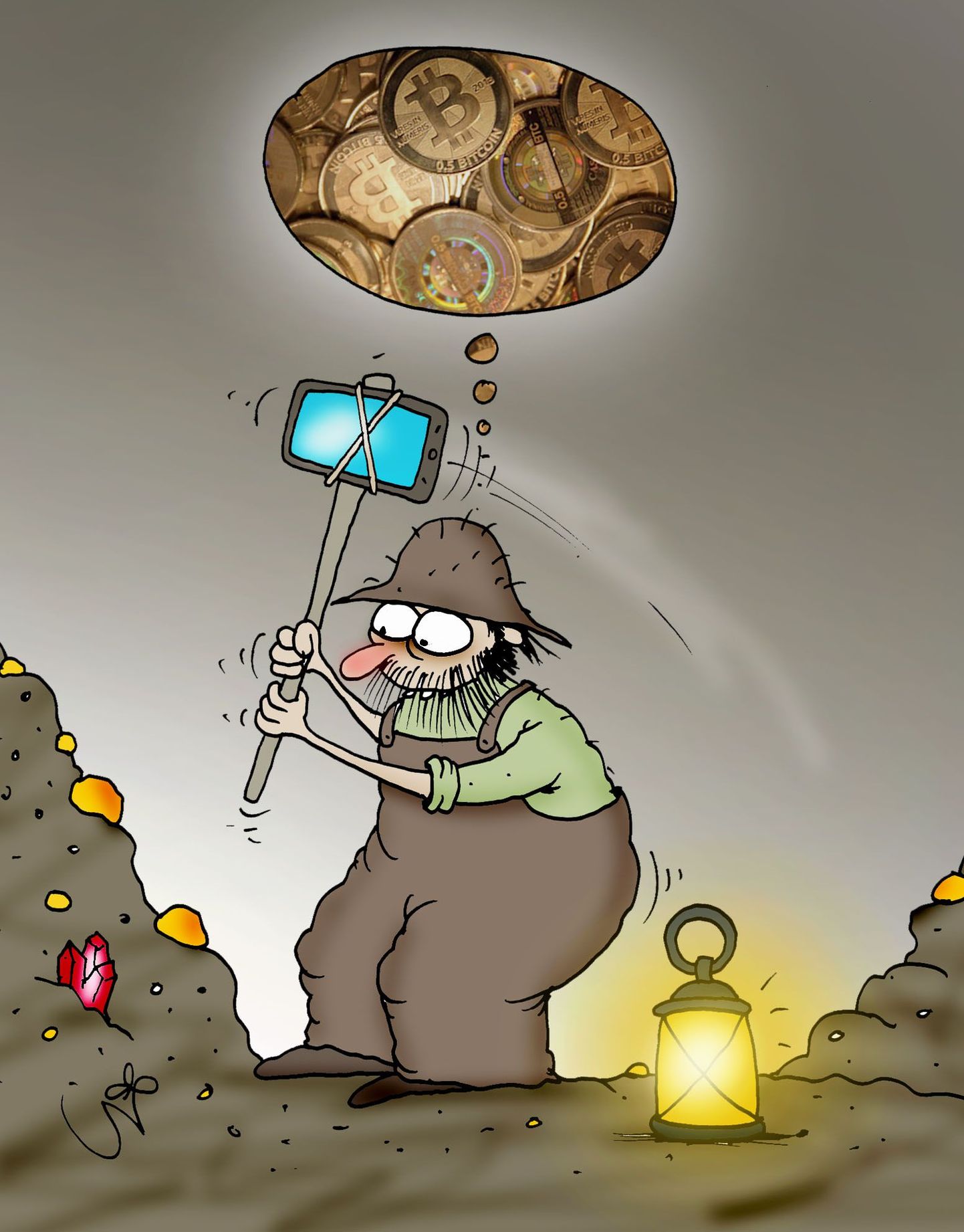As arising from Dutchman Otto Albert de Voogd case who traded with Bitcoins in Tallinn, Supreme Court yesterday ruled Bitcoin to be means for payment thus traders therewith subject to anti-money-laundering regulation and state supervision.
The verdict should serve as threshold to complement the legal space in Estonia. While enthusiasts cite the absence of Bitcoin yet to be created as Estonia wrote its relevant laws – a fact – may we not forget that in entire EU jurists an economists have held discussions pretty thorough the whole time to try and determine if this is means of payment or goods (commodity). And the debate is ongoing though not as excited as a few years back.
Supreme Court said that conditions set to providers of alternative means of payment need to be specified so as to avoid further court disputes. Estonian Cryptocurrency Association says varying conditions and obligations should apply to alternative means providers and financial institutions. What will these be like, too early to tell. For Estonia’s e-state image, we would do well to exit the current defensive stance. Even if remaining sceptical, we have allowed our citizens to do innovative business while protecting others from potential risks.
Any business is built on trust. Whatever could be considered a liquid means of payment – leaves off trees, pinecones perhaps? While lauded by enthusiasts as modern, cheap and decentralised (not emitted by central organisation but via a database) and allegedly secure, its volume is still marginal globally and its value very volatile. Naturally, it finds use in domains where for any reason money flows are desired to be concealed, or where bank services are slow or the overall financial market unstable.

